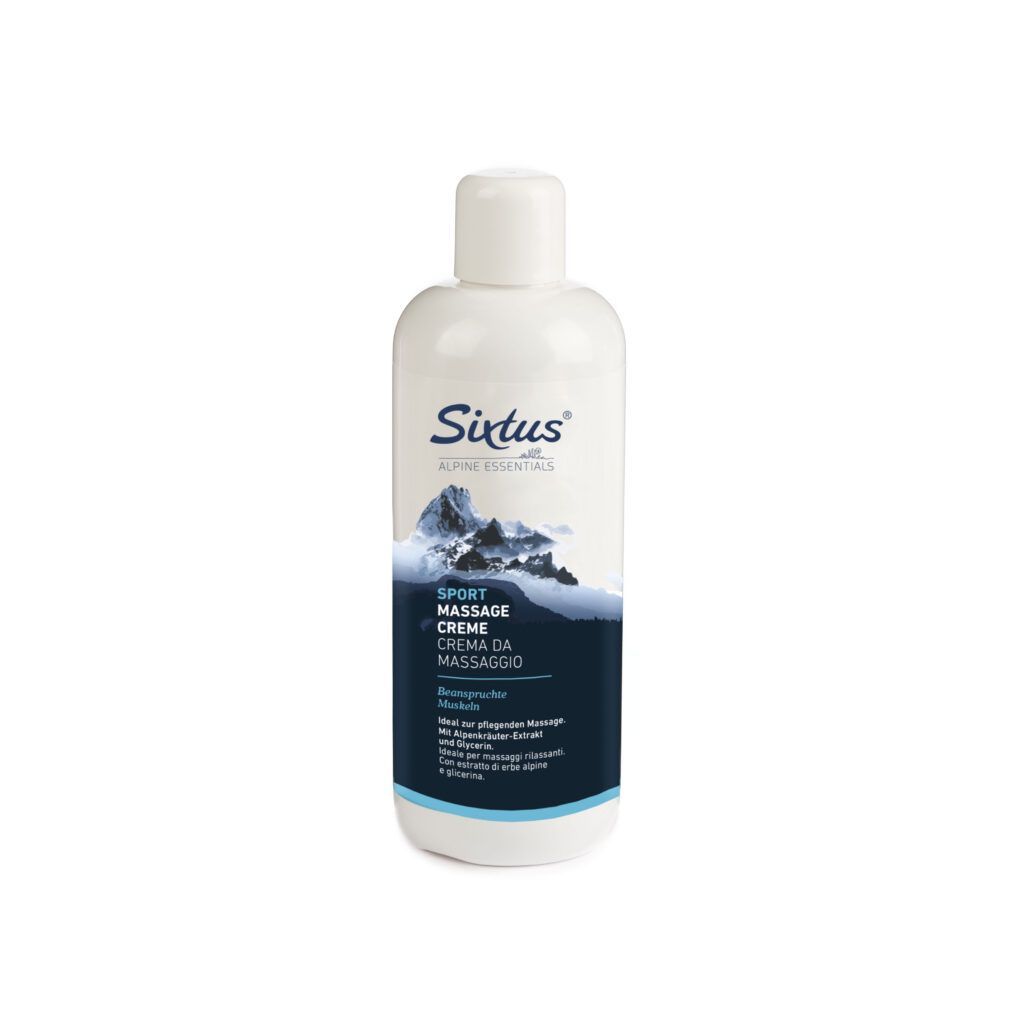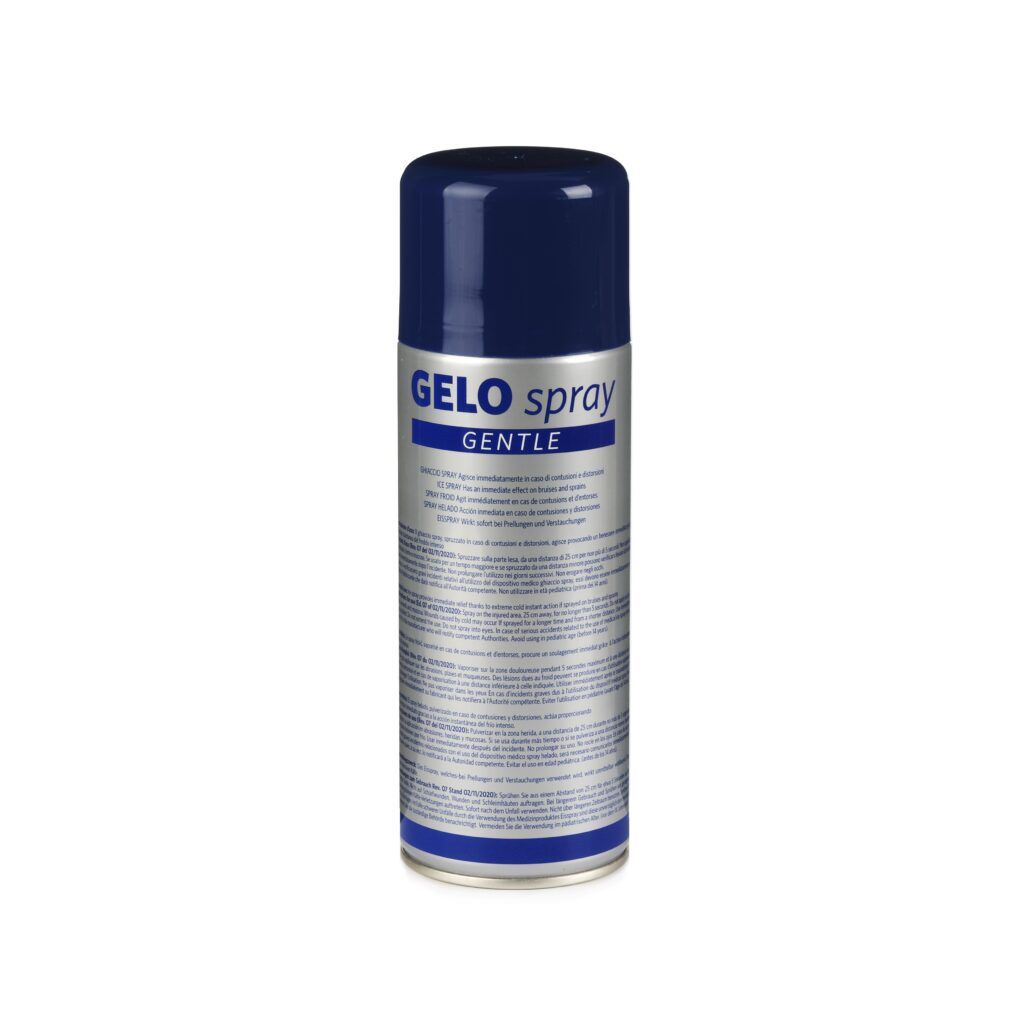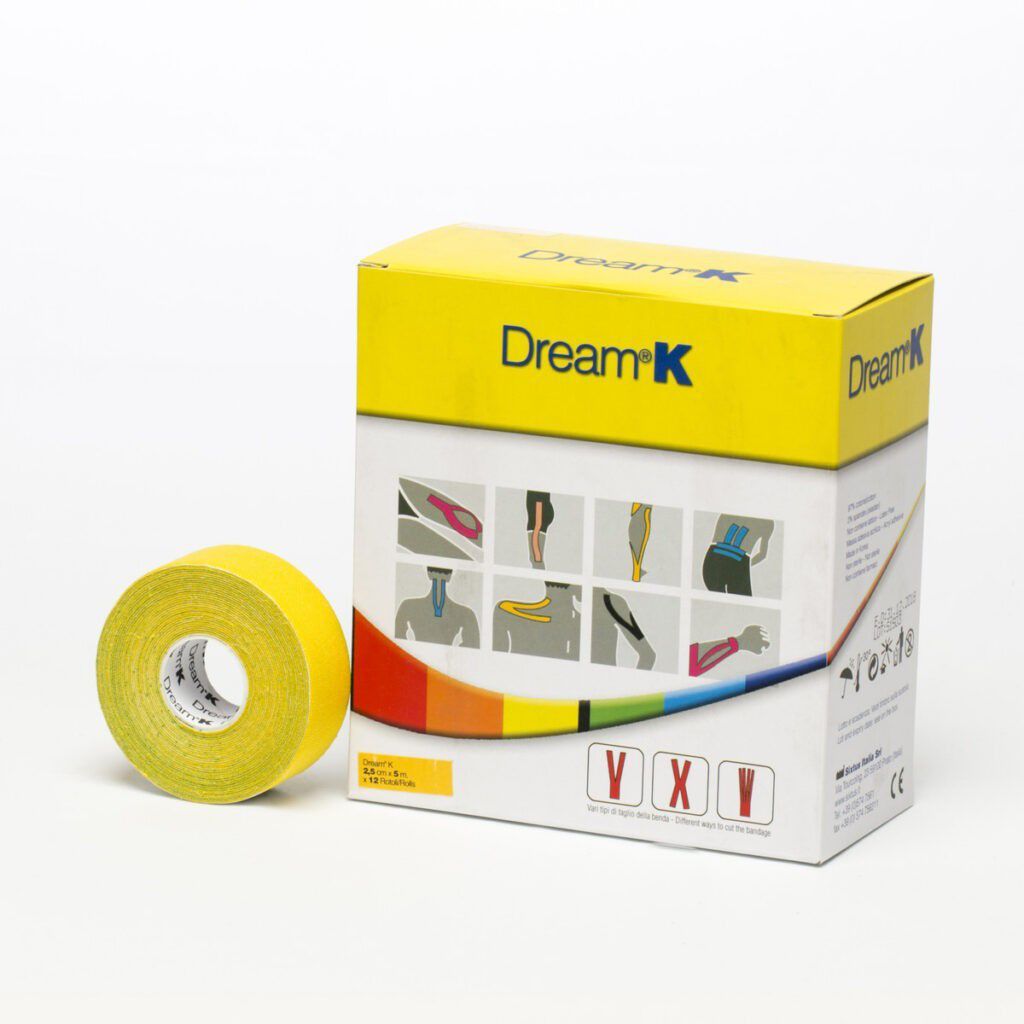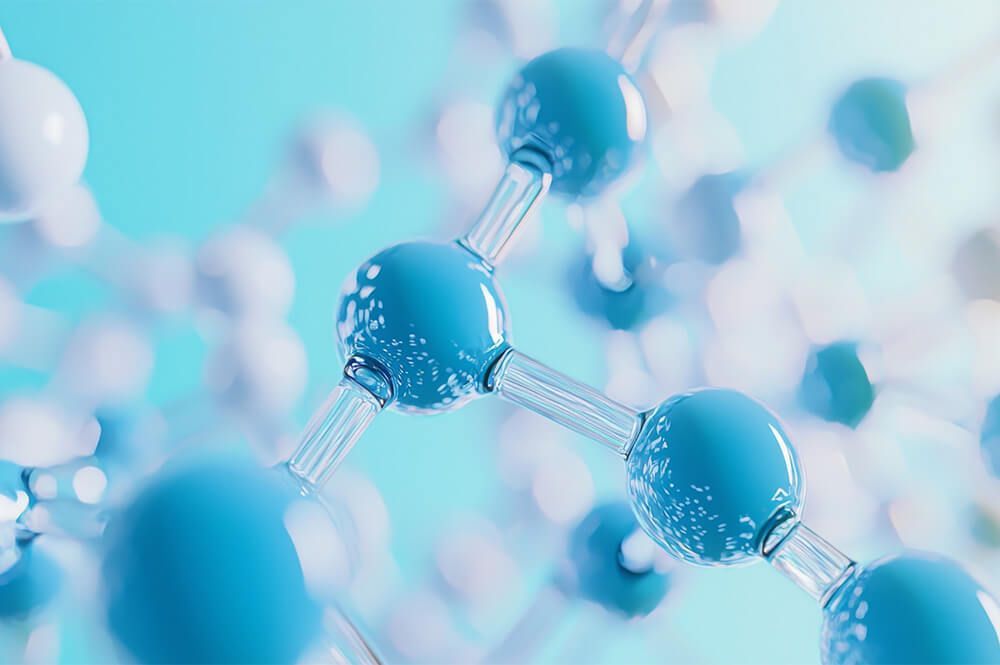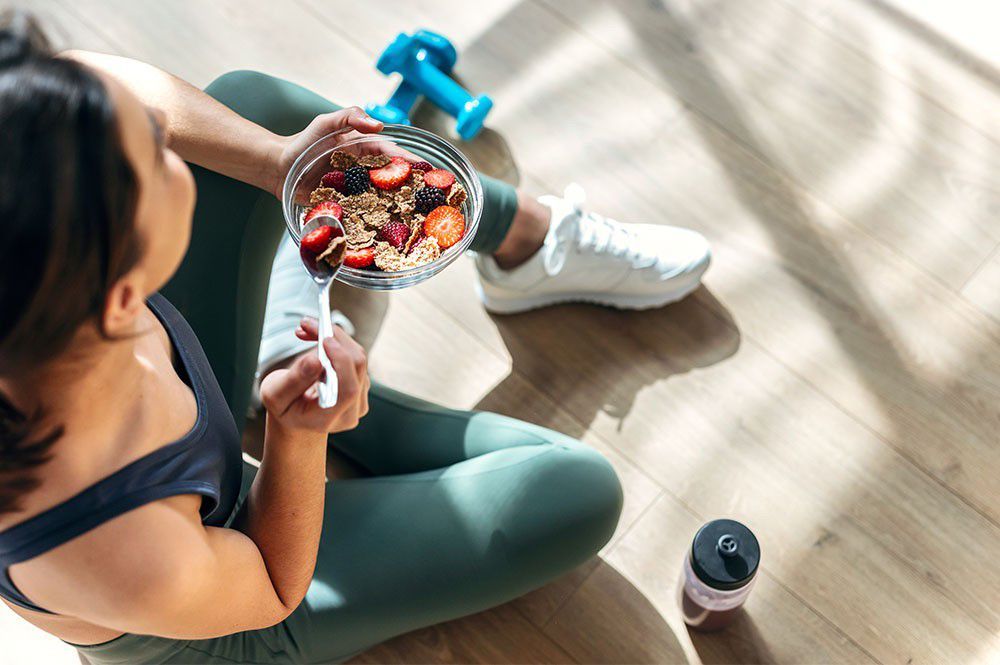Food for athletes
Omega 3: benefits, contraindications, and how to take them
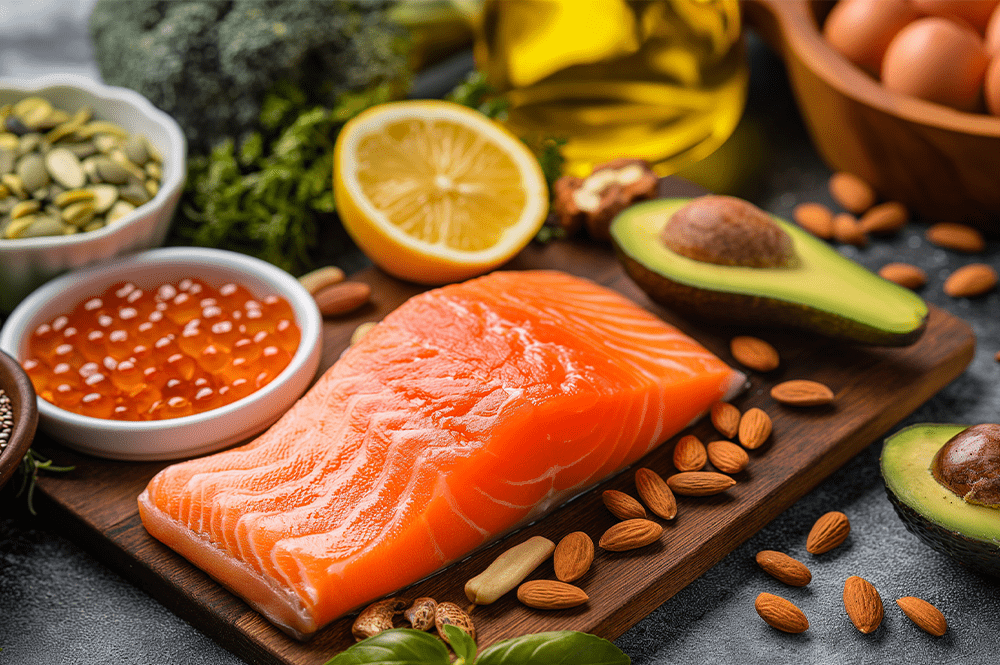
Omega 3: what is it used for?
Omega 3s are essential fatty acids, defined as such because the body cannot produce them on its own; therefore, they must be obtained through diet or supplements. For our health, three main types of Omega 3s can be identified:- ALA (Alpha-Linolenic Acid)
- EPA (Eicosapentaenoic Acid)
- DHA (Docosahexaenoic Acid)
- Cardiovascular health: Omega 3s help reduce blood triglyceride levels, lowering the risk of heart disease. They may also contribute to maintaining balanced blood pressure.
- Cognitive function: Omega 3s are essential during fetal and infant development as they are crucial for the formation of the central nervous system and learning. Additionally, they may help reduce the risk of developing neurodegenerative diseases such as Alzheimer’s.
- Anti-inflammatory properties: These fatty acids have anti-inflammatory properties that can help alleviate symptoms of chronic inflammatory conditions like rheumatoid arthritis.
- Eye health: Omega 3s are vital for retinal health and can help prevent age-related macular degeneration as well as dry eyes.
When to take Omega 3s
The benefits of Omega 3s cover various aspects of health and physical well-being, which is why taking Omega 3s is important throughout all stages of life. Dosage varies based on age and other personal specifics; therefore, it is recommended to consult a doctor to determine the appropriate dosage and duration for Omega 3 intake based on individual needs and medical history. In recent years, Omega 3s have also been recommended in sports nutrition because they provide crucial benefits for athletes: they offer protective effects on muscles and their anti-inflammatory action is particularly useful for those who engage in intense training. In such cases, it is recommended to take one Omega 3 supplement capsule per day in addition to a balanced diet. Athletes know that diet is as important as training, considering the type of sport, intensity, and frequency of the exercise.Foods rich in Omega 3
In addition to supplements, which are especially useful for obtaining pure Omega 3s, there are Omega 3-rich foods to include in your diet (without overdoing it, as some of these foods might be harmful if consumed excessively):- Fatty fish: Salmon, mackerel, sardines, tuna, and herring are rich in Omega 3s.
- Flaxseeds and chia seeds: These contain Alpha-Linolenic Acid (ALA), a plant-based form of Omega 3.
- Walnuts: A great snack providing a good amount of Omega 3s.
- Fish oil, flaxseed oil: Oils that are sources of Omega 3, perfect for dressings.
Omega 3: contraindications
Although Omega 3s are generally considered safe and provide significant health benefits, it is important not to exceed recommended doses and to be aware of potential negative effects:- High doses: excessive Omega 3 intake can increase the risk of bleeding, especially for those on anticoagulants or with bleeding disorders.
- Allergic reactions: some people may have allergic reactions to seafood, a common source of Omega 3, or to fish oil supplements.
- Drug interactions: omega 3s can interact with certain medications, such as those for lowering blood pressure or controlling cholesterol.
- Contaminants: some fish oils may contain traces of mercury and other toxins, which could be harmful to health.

